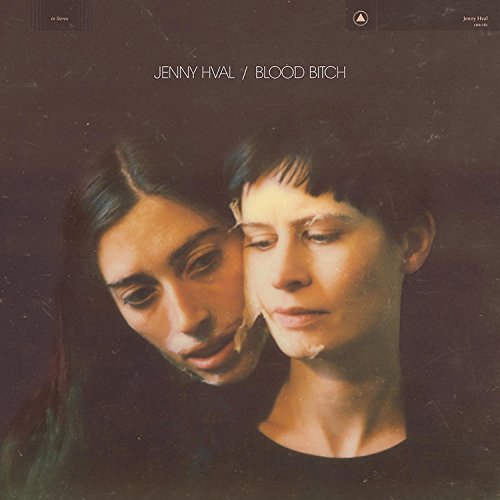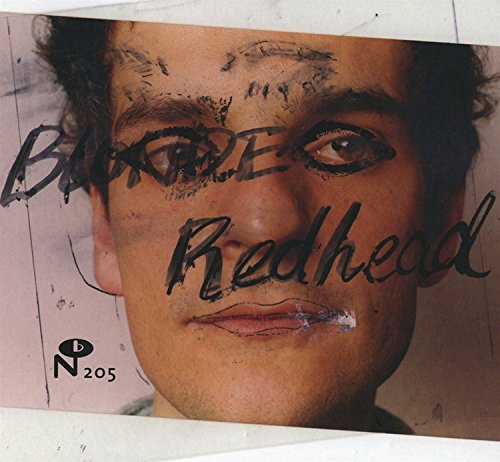Radio One More Time: The Charts
It's the new!
Top 40!
On Radio 1
For the first thirty years or so of Radio One's life, the station was driven by the charts. Not every programme, of course. Even so, the programmes which weren't built on an obsession with what records would go up, which would go down, which wouldn't make the cut, even these were defined as much by their lack of interest in the charts.
It's less marked now, of course, because the chart is less important nationally, and for those that still have an interest, there are many places where you can find the data. But back when the list of best-selling singles had some pull, its importance was such that it would get no less than four reveals.
The computers of the chart compilers - BRMB, then Gallup - used to run much slower, and the lack of computery-based instant data meant that although sales were still closed off at the weekend (Saturday nights, because no shops opened on Sundays selling records), the chart was never ready until Tuesday lunchtimes. They used to telex it across to Radio One - which, young people, was blooding exciting new technology, albeit so old you were getting the news that KajaGooGoo were at number one in the same way that they arrested Crippen - where it would get its big reveal after Newsbeat.
Of course, only office workers, kids who'd smuggled transistors into school and invalids would be aware of the shape of the new chart, so it would get another run-out at teatime. Peter Powell's show, for a very long time, got this honour.
The next day, the Breakfast Show would repeat the information, in only a slightly truncated form: the numbers up, the numbers down; playing the highest new entry, the biggest climber and the number one.
Then, Sunday nights, and the whole thing would be worked through with forensic detail. All forty records, complete with a summary of that week's performance: their progress on the chart measured in the SI unit of sales data, "the big Top 40 place". So you might have gone down ten big Top 40 places, or up seven big Top 40 places. Of course, by Sunday, everyone who was interested - which, in the 1980s, was pretty much everyone under the age of 40 - knew what number one was, but surprise wasn't the point of the programme. This existed in relation to the Tuesday run-down in the way the Classified Football Results related to the Grandstand teleprinter; the definitive against the breaking. Blackburn or Vance or Brookes counting down the "only chart that counts" was always the last word, never the first report, and it was when the shift in technology allowed the Sunday nights to be the reveal that it all started to go wrong. Listening to the charts on Sunday nights was a solitary affair, packing schoolbags or making packed lunches, whereas the Tuesday lunchtime rundown was enjoyed with friends, or colleagues, or the big boy from the fifth year who'd stolen your radio. In a bid to make the charts more of an 'event', Radio One inadvertently helped kill them off.
[Radio One More Time]









5 comments:
I remember at one point the Sunday Top 40 was such an event, it was simulcast on local BBC stations. This was despite the fact that the target audiences for each were about 50 years apart, with most listeners to local radio more interested in lively debates on composting tips.
It meant that at 7pm on BBC Radio Cambridgeshire, you could enjoy an awkward segue from M/A/R/R/S' 'Pump Up The Volume' to Richard Spendlove's weekly phone-in for elderly folk to talk about what they used to eat in the war.
Ah, yes, Radio Sussex used to carry this, although with Turn It Up straight after, which made more sense. Unless there was cricket, which would take precedence over both the charts, and Turn It Up.
Yes, yes, offer the Kent batsman the light, we're waiting for an Ian Masters interview, dammit.
couple of points ...
it was the BMRB (British Market Research Bureau), not BRMB, which was (and is) a Birmingham ILR station.
Surely it was Radio 1's transition to its own FM frequency (shortly after the chart started to be revealed on Sundays), as much as anything else, which helped to kill off the Top 40 as An Event? When it was the only chance you got - if you lived in a non-ILR area, as plenty still did in the early to mid-1980s - to hear your favourite record in FM stereo, it was seriously important. When the station's entire output was in the same quality, it stopped being something to look forward to in quite the same way. Also, by the early 1990s (obviously) the 1980s mainstream was crumbling and the charts were more and more the territory of what Momus would have called competing cults, rather than any kind of centre ground (I know that's what you effectively said anyway).
Of course the Network Chart had been revealed on Sundays for three years before the official chart was: it never counted for as much, of course, but it was a week ahead (so things like Band Aid and Ferry Aid were number one before they'd entered the official chart), and it was hosted by someone who had been one of Radio 1's biggest names, and (I think) Smash Hits used to print it: its brief challenge to the official chart ended when the official chart started to be revealed on Sundays and when The Roxy flopped (which happened at just about the same time).
I remember wanting to listen to the top 40 on VHF (FM), with my cassette recorder at the ready, and having to use Radio 2's Sing Something Simple (I can hear it now) to get the levels right!
Grassy.
Ed Leaf:
An unforgettable moment, way after I should have stopped listening to the charts, was Bruno Brookes playing a new entry by Rage Against The Machine - the expletive filled Killing In The Name - in it's entirety. A case of the audience being ahead of the production team.
Post a Comment
As a general rule, posts will only be deleted if they reek of spam.